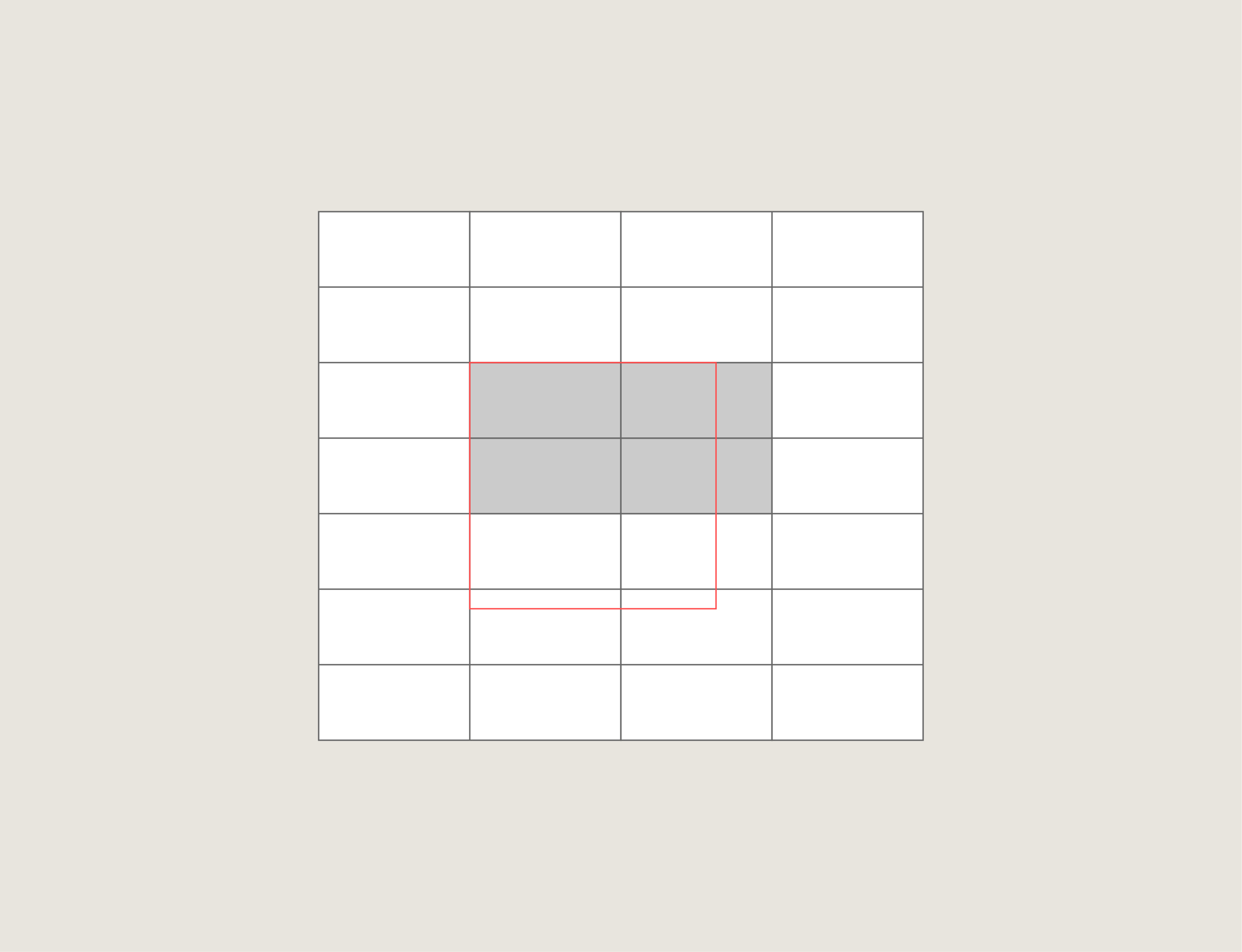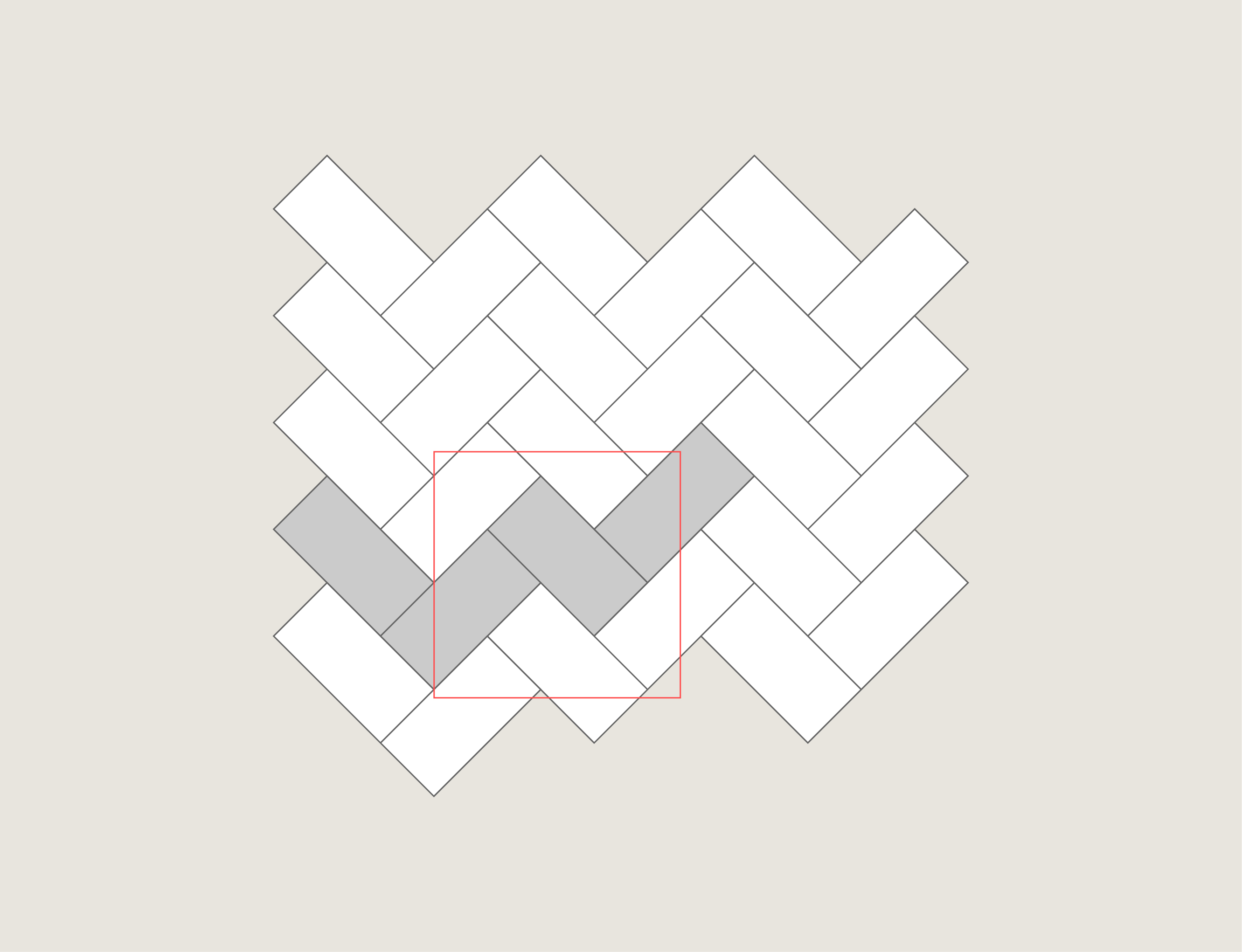Laying pattern
Gestalten mit Platten und Pflastersteinen aus Beton
The laying pattern is decisive for the effect of a surface. Different formats, colors and joint divisions lighten up every surface. Areas laid with only large or small stones appear either expanded or limited.
Design isn’t everything. The function must also be guaranteed. Good planning and compliance with the technical rules for the execution of the work together form the basis for a long service life. In practice, the combination of different materials has proven itself. Some classic paving stone bonds are shown here as examples of the many design options.




